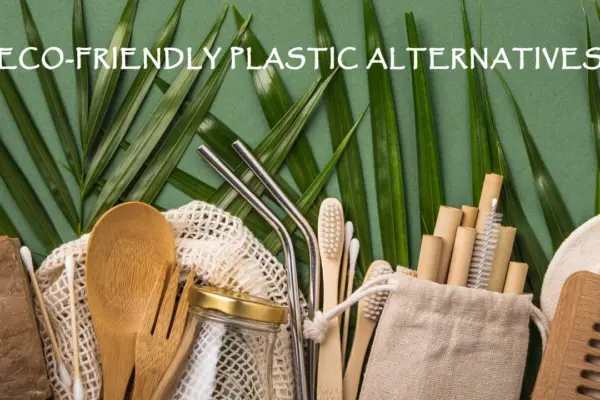Airborne Microplastics are Spiraling Around The Globe, Reveals a Study
At a time when our planet is already struggling with different types of pollution, a new study revealed that microplastics have formed a plastic cycle, akin to global biochemical cycles, and are spiraling around the globe.
Published in the Proceedings of the National Academy of Science (PANS), the study has disclosed some astonishing facts about the plastic cycle. As per the study, these microplastics are moving from oceans to the sky to land and then again to the oceans.

Researchers have found microplastics have formed a plastic cycle in the atmosphere and are spiraling around the globe | Image: Ecotextile News
For around 14 months, researchers examined the dry and wet samples from 11 national parks and wilderness areas in the western part of the US on a weekly and monthly basis. The authors estimated that every year, more than 1,000 tones of microplastics get deposited in protected areas of the western US.
This is equivalent to more than 123 million plastic water bottles. The research revealed that about 84 percent of atmospheric microplastics in the western United States come from roads, 11 percent from the ocean while the remaining five percent comes from agricultural soil dust.
The lead author of the study Janice Brahney said
Several studies have attempted to quantify the global plastic cycle but were unaware of the atmospheric limb. Our data show the plastic cycle is reminiscent of the global water cycle, having atmospheric, oceanic, and terrestrial lifetimes. This ubiquity of microplastics in the atmosphere and the subsequent deposition to remote terrestrial and aquatic environments raise widespread ecological and societal concerns. Identifying the key mechanisms of plastic emission to the atmosphere is a first step in developing global-scale solutions.
Researchers have emphasized prioritizing the understanding of the sources and consequences of microplastics in the atmosphere. The researchers have claimed that nonbiodegradable polymers will continue to cycle through the earth’s system. However, there are uncertainties in source attribution, transport, and deposition of microplastics due to limited comprehension and observations of the source processes.
Microplastics are chunks of any type of plastic that measures less than 5mm in length, as per National Oceanic and Atmospheric Administration (NOAA) and European Chemical Agency. These plastics enter the natural ecosystem from various sources such as industries, cosmetics to name a few.


